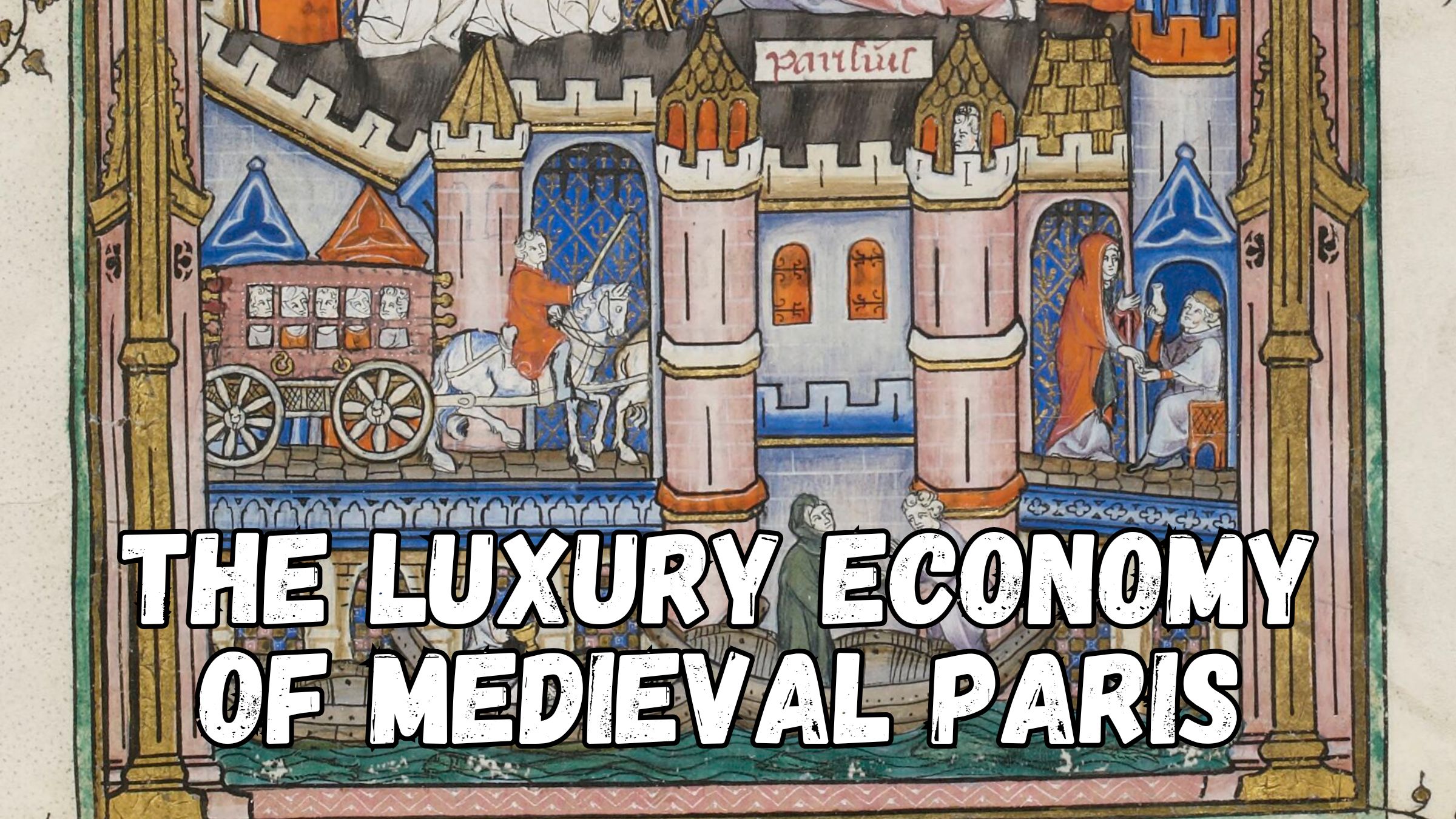
"By 1300 Paris had a population of about 200,000 inhabitants, which made it the largest city in Western Europe. It grew to that size because of its importance as a royal, administrative, and intellectual hub. Elite residents, who fueled Paris' luxury economy, included the French royal family, a large number of French aristocrats, Francophone aristocrats from outside the kingdom of France, wealthy members of the royal administration, and a significant number of archbishops, bishops, and abbots."
"Like the royal family, French-speaking aristocrats, royal administrators, church administrators, and elite merchants brought wealth and extravagant consuming habits to the French capital. Their hunger for luxury goods was fed by Italian, German, Iberian, French, English, and Flemish merchants, who imported goods not only from all parts of Western Europe, but also from Siberia, sub-Saharan Africa, Central Asia, China, and the Indonesian archipelago."
By 1300 Paris had about 200,000 inhabitants, making it the largest city in Western Europe. The city served as a royal, administrative, and intellectual hub that attracted elite residents whose wealth sustained a luxury economy. By 1400 over 120 elites had built luxury residences in Paris, including mansions commemorated in street names and the early fifteenth-century Tower of John the Fearless, the tallest surviving medieval tower in the city. Merchants from Italy, Germany, Iberia, France, England, and Flanders imported goods from Western Europe, Siberia, sub-Saharan Africa, Central Asia, China, and the Indonesian archipelago. Paris also held prestige as a center of luxury production.
Read at Medievalists.net
Unable to calculate read time
Collection
[
|
...
]